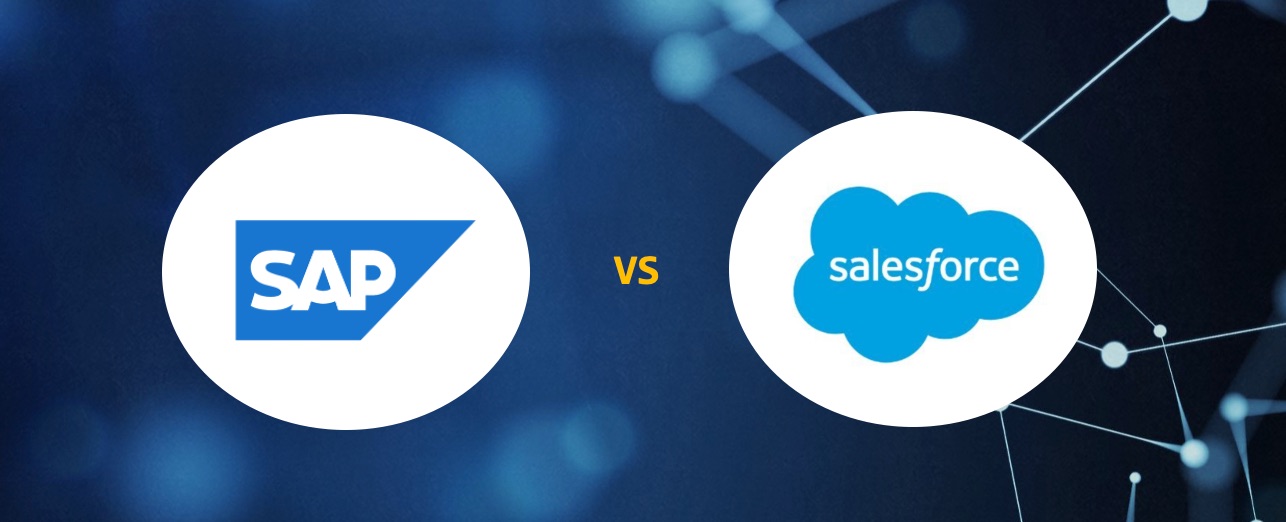SAP and Salesforce are two very powerful platforms that can be seamlessly integrated to provide organizations with a unified view of their data and operations. Here are a few things to keep in mind when integrating SAP with Salesforce:
- Start by identifying your integration goals and the specific data and processes you want to synchronize between the two systems.
- Choose the right integration approach based on your organization’s needs, such as using pre-built connectors or custom integration solutions.
- Leverage SAP’s pre-packaged integration tools and services, such as SAP Cloud Platform Integration, to simplify the integration process.
- Ensure proper data governance and security measures are in place to protect sensitive data and maintain compliance.
- Prioritize testing and validation to ensure data accuracy and system compatibility.
- Establish clear communication and collaboration between the SAP and Salesforce teams to ensure a smooth integration process.
- Consider using a middleware platform, such as MuleSoft, to further streamline and optimize your integration.
- Stay up-to-date on the latest integration technologies and updates to ensure continued optimization and improvement of your system.
- Choose the right implementation partner with proven experience and expertise in SAP-Salesforce integration.
These are the best practices, helps achieving a seamless integration between SAP and Salesforce, enabling your organization to work more efficiently and effectively.

